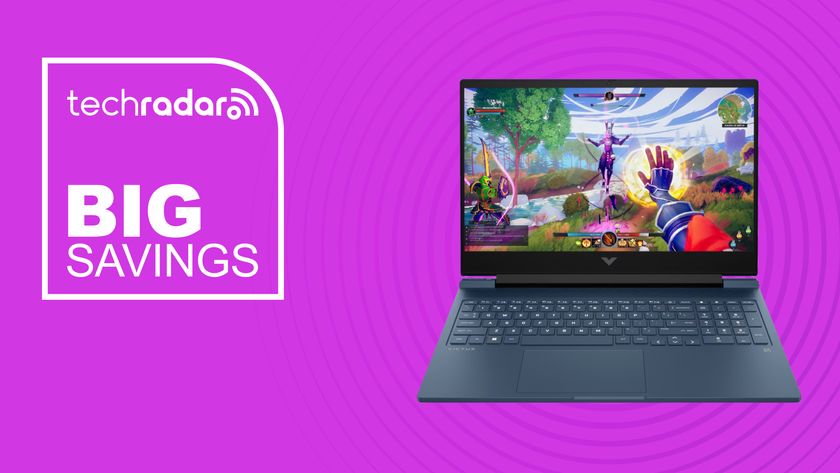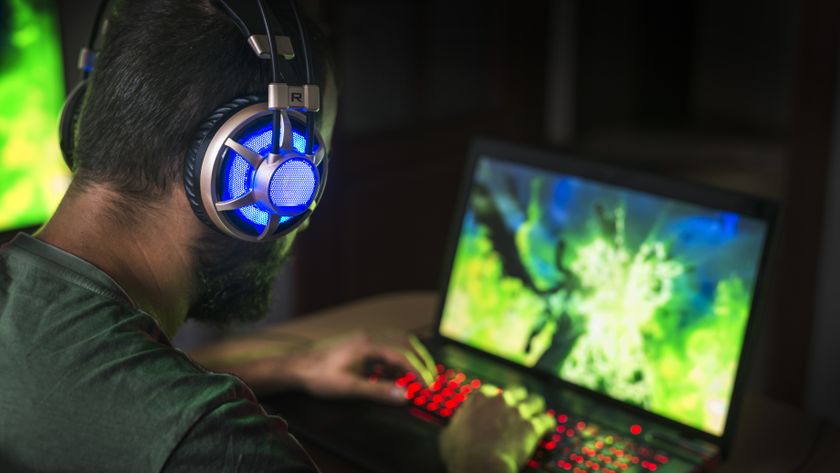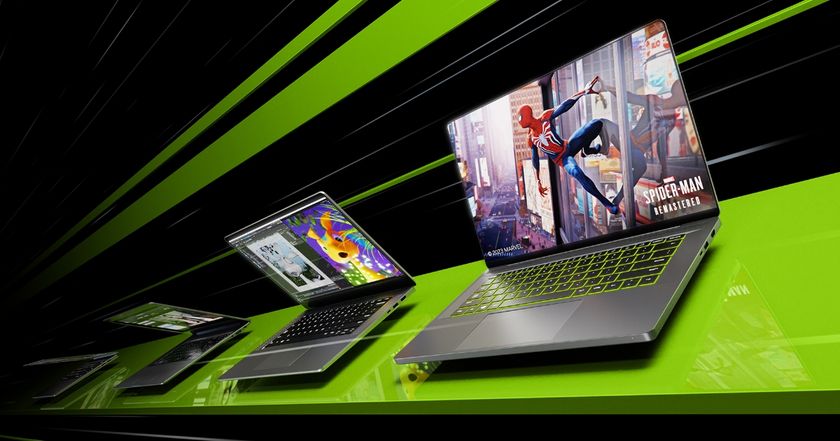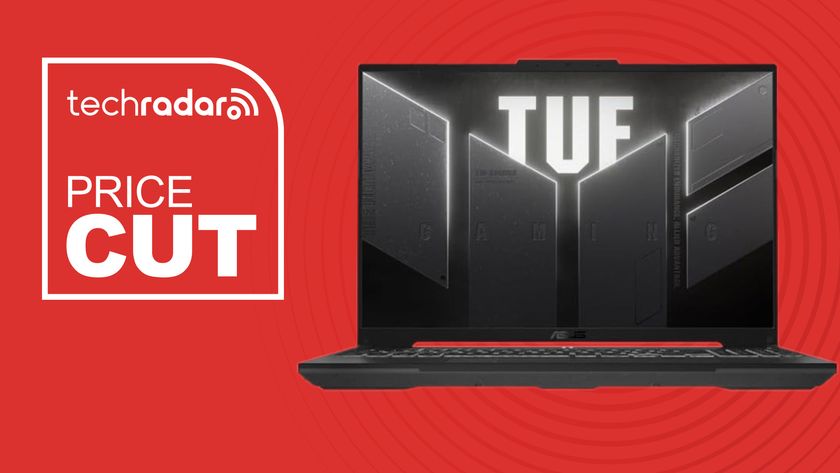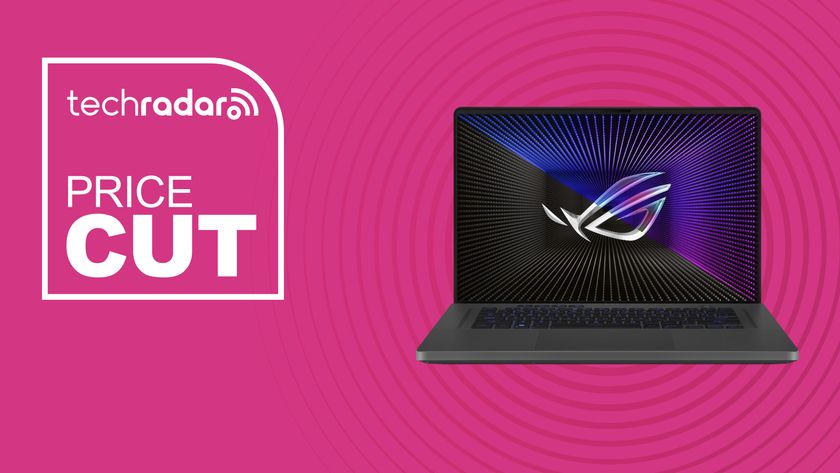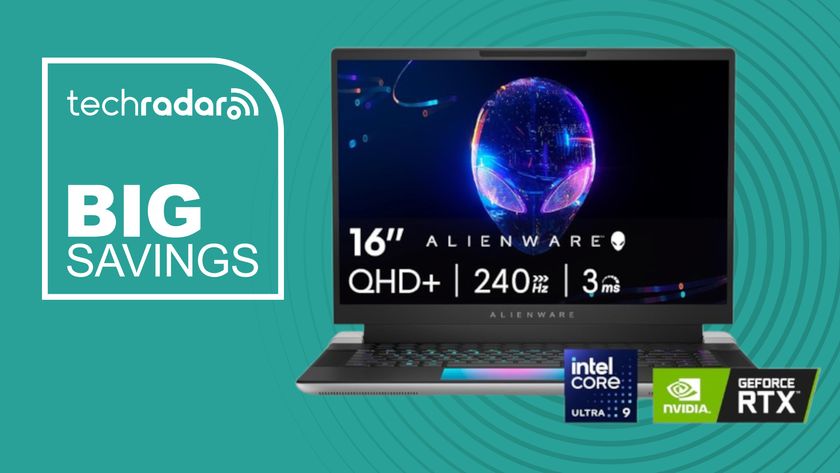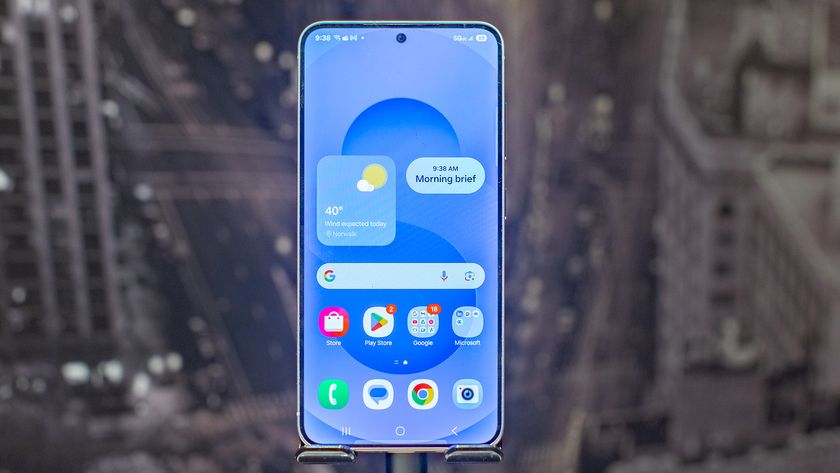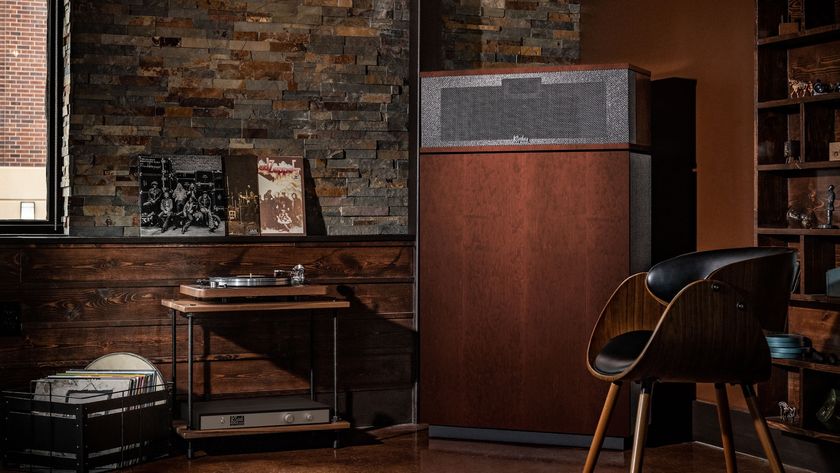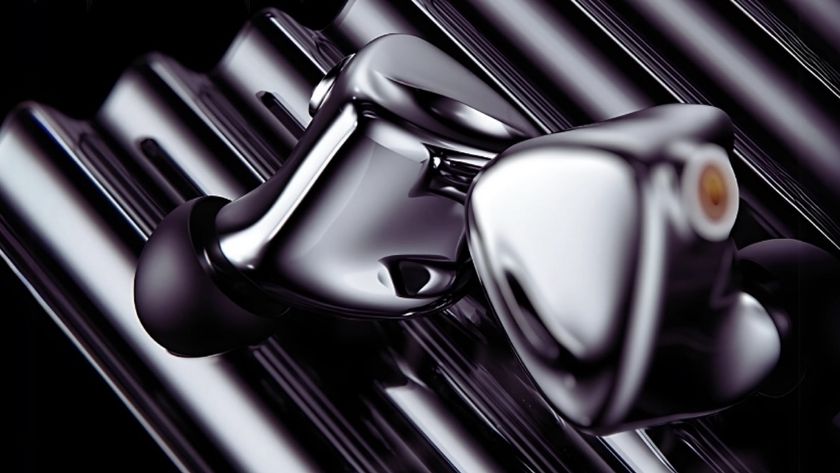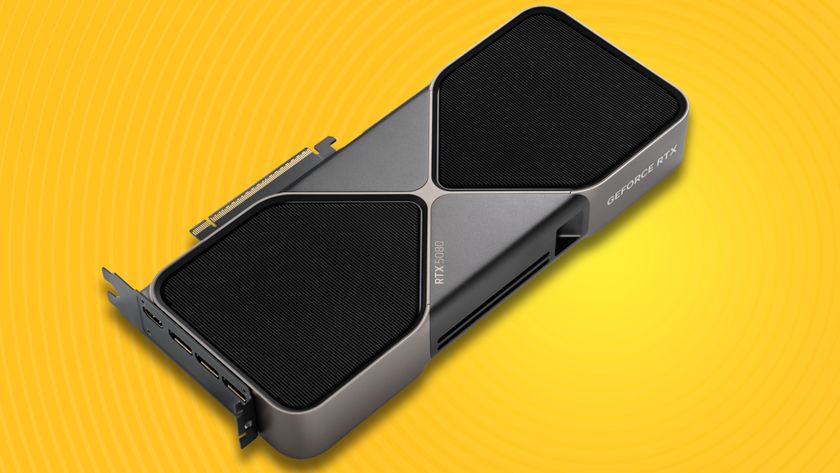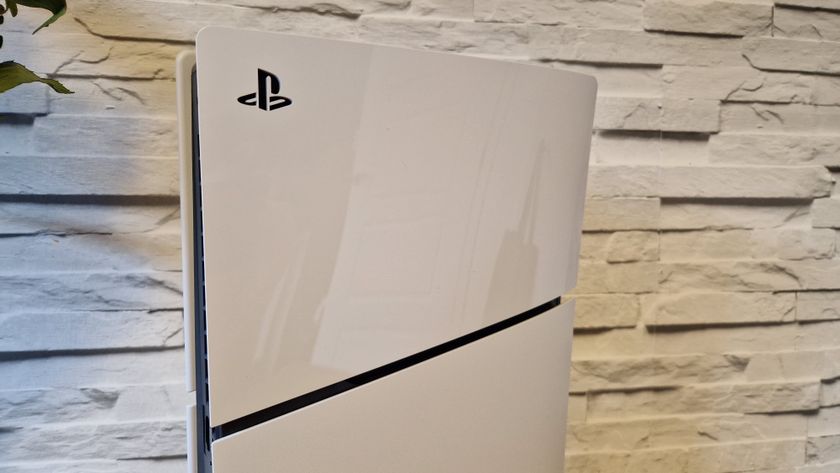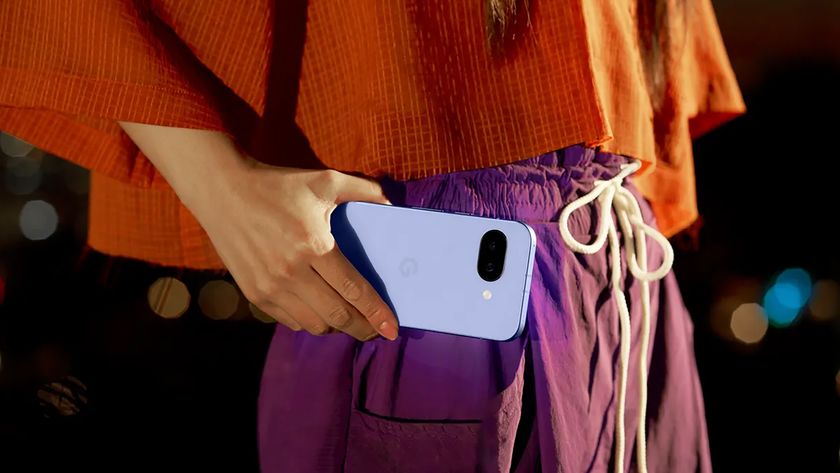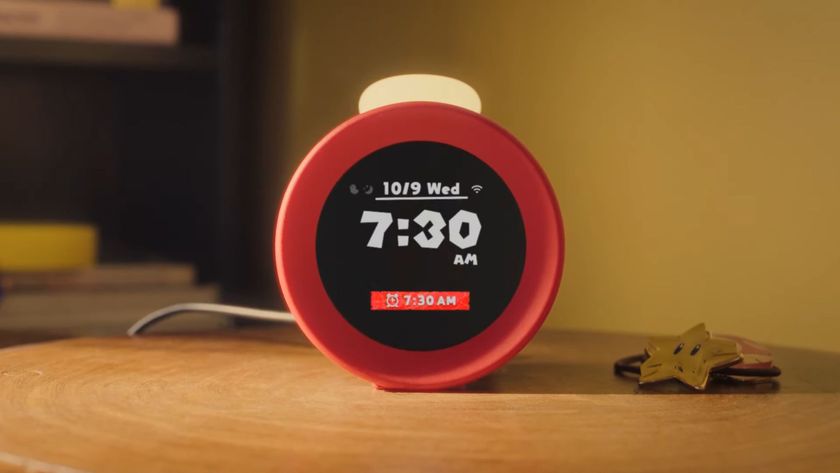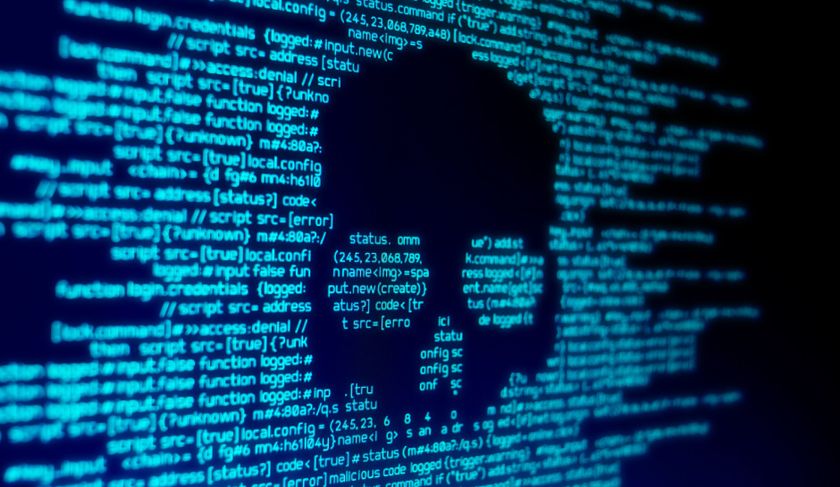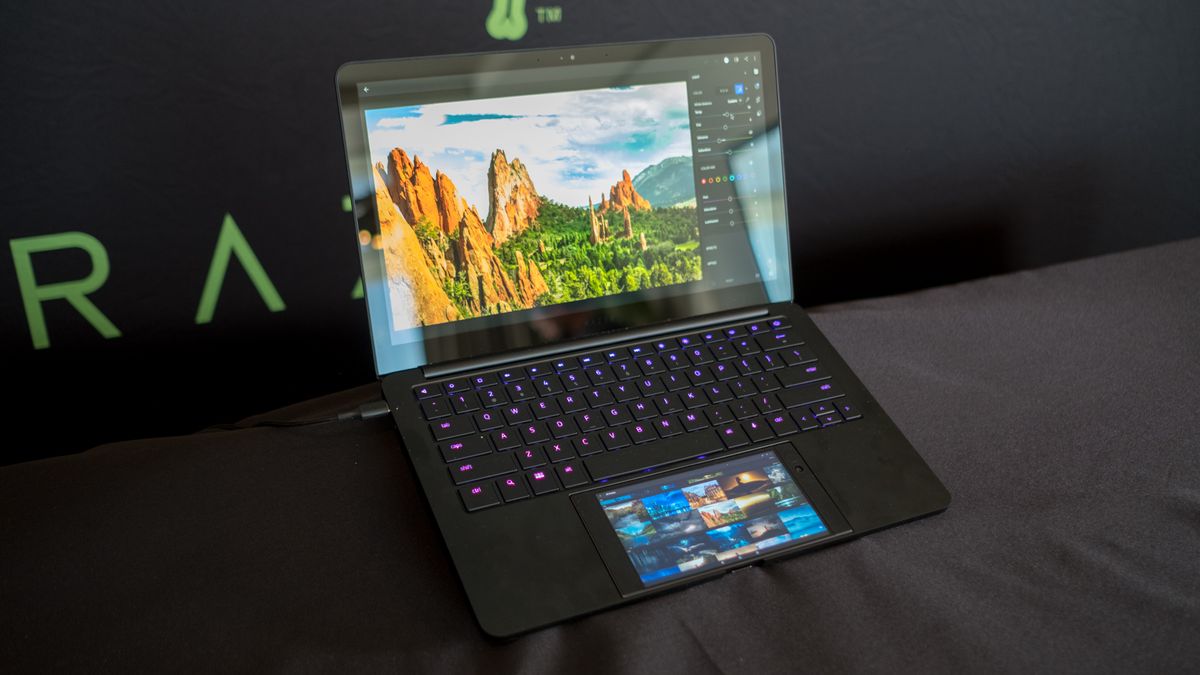
After Razer brought us the concept of a triple screen gaming laptop last CES, we didn’t think it could top itself, but after seeing its new Project Linda dual-display Android notebook we stand corrected.
Similar to Continuum on Windows 10 Phone, Project Linda essentially turns the Razer Phone into a laptop. While we’ve seen phones power notebooks in the past, they’ve never become an integral part of the experience as Project Linda does.








Design
Project Linda looks like the spitting image of the Razer Blade Stealth we just reviewed. It’s a teensy bit thicker to accommodate having a phone dropped into its chassis, but otherwise it’s identical down to the same width, height, keyboard and ports.
The key difference here is where there would normally be a touchpad, there is a perfectly-sized void for the Razer Phone to drop into. Hitting the dock button on the keyboard engages a mechanical USB-C connector that plugs into the handset’s corresponding charging connector.
From there Project Linda relies on the Razer Phone to not only power the entire experience, but also act as its touchpad, secondary screen and even system speakers. In this way, Project Linda is more of a portable screen accessory with extra batteries, a built-in keyboard and 200GB of expandable storage for the Razer Phone.
That said, Project Linda – when fully realized – won't just mirror the Android experience on a bigger screen. It'll show the main interface on the laptop display while the smaller phone screen shows contextual controls similar to the MacBook Pro's Touch Bar.
Still, Project Linda is a very pretty shell for the Razer Phone. The concept’s display is as gorgeous as any of Razer’s displays, with vibrant colors and deep blacks – sadly though, it’s only 60Hz so it won’t be able to match the Razer Phone’s 120Hz panel. This device also comes with a fully RGB-lit and customizable keyboard.
Get daily insight, inspiration and deals in your inbox
Sign up for breaking news, reviews, opinion, top tech deals, and more.
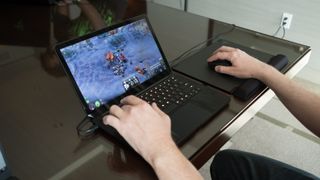
Performance
There’s a little gap on the front lip of Project Linda and that’s designed to help you get to the Razer Phone’s fingerprint scanner and unlock the whole device with a simple tap.
With Snapdragon 835-powered laptops entering the market, an Android phone-powered notebook isn’t as odd as it might have once sounded. In fact, performance on Project Linda was surprisingly smooth. Apps launched quickly and we were even able to play a mobile MoBA game without any stutters or dropped frames.
Using the Razer Phone as a touchscreen can take some getting used to – especially as this editor is the type that turns off tap to click – but it feels every bit smooth as any glass-lined trackpad we’ve used on all the best laptops.
Project Linda also intelligently uses the best parts of the Razer Phone to their full potential. Rather than giving the concept laptop another set of speakers, it relies on the Razer Phone to pipe all audio through its capable Dolby Atmos stereo speakers. That might sound ludicrous, but this handset’s two tiny tweeters are much better than most laptop speakers.
This also helped Razer fit an even larger 53.6WHr battery that can recharge the Razer Phone up to three times.
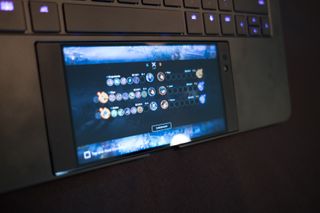
Software squeeze
While it seems like Project Linda works perfectly up to now, there are still some hurdles for it to overcome. For one thing, the Razer Phone was running a Sentio desktop app to make the Android laptop experience work at all.
Razer was also only able to show pre-recorded video demos of a second screen experience on Project Linda and otherwise just acted as a touchscreen with no visuals on all the working samples.
Because Project Linda is one of the first dual-screen Android experiences, no developer has actually designed their apps to work in this way as of yet. Razer has told us it’s working with developers to design compatible applications.
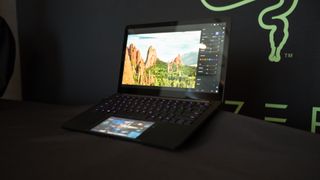
Early verdict
Project Linda shows a marriage between an Android phone and laptop we’ve never seen before and if Razer can keep all of its promises, it’s going to work magically. For now, though, it’s the definition of a tech demo with a lot of promise that we really, really hope becomes true.
- New year, new tech – check out all our coverage of CES 2018 straight from Las Vegas, the greatest gadget show on Earth
Kevin Lee was a former computing reporter at TechRadar. Kevin is now the SEO Updates Editor at IGN based in New York. He handles all of the best of tech buying guides while also dipping his hand in the entertainment and games evergreen content. Kevin has over eight years of experience in the tech and games publications with previous bylines at Polygon, PC World, and more. Outside of work, Kevin is major movie buff of cult and bad films. He also regularly plays flight & space sim and racing games. IRL he's a fan of archery, axe throwing, and board games.
